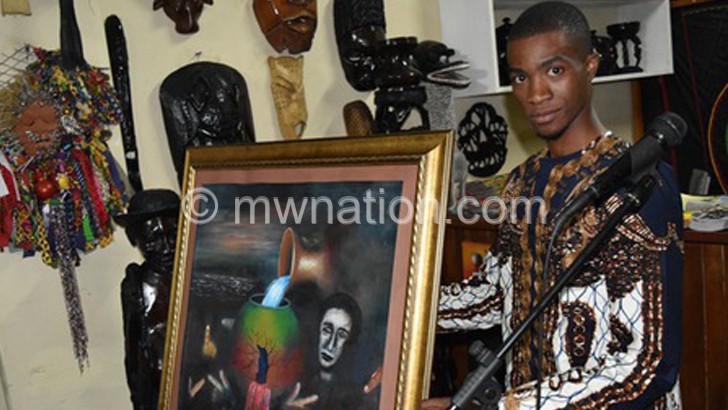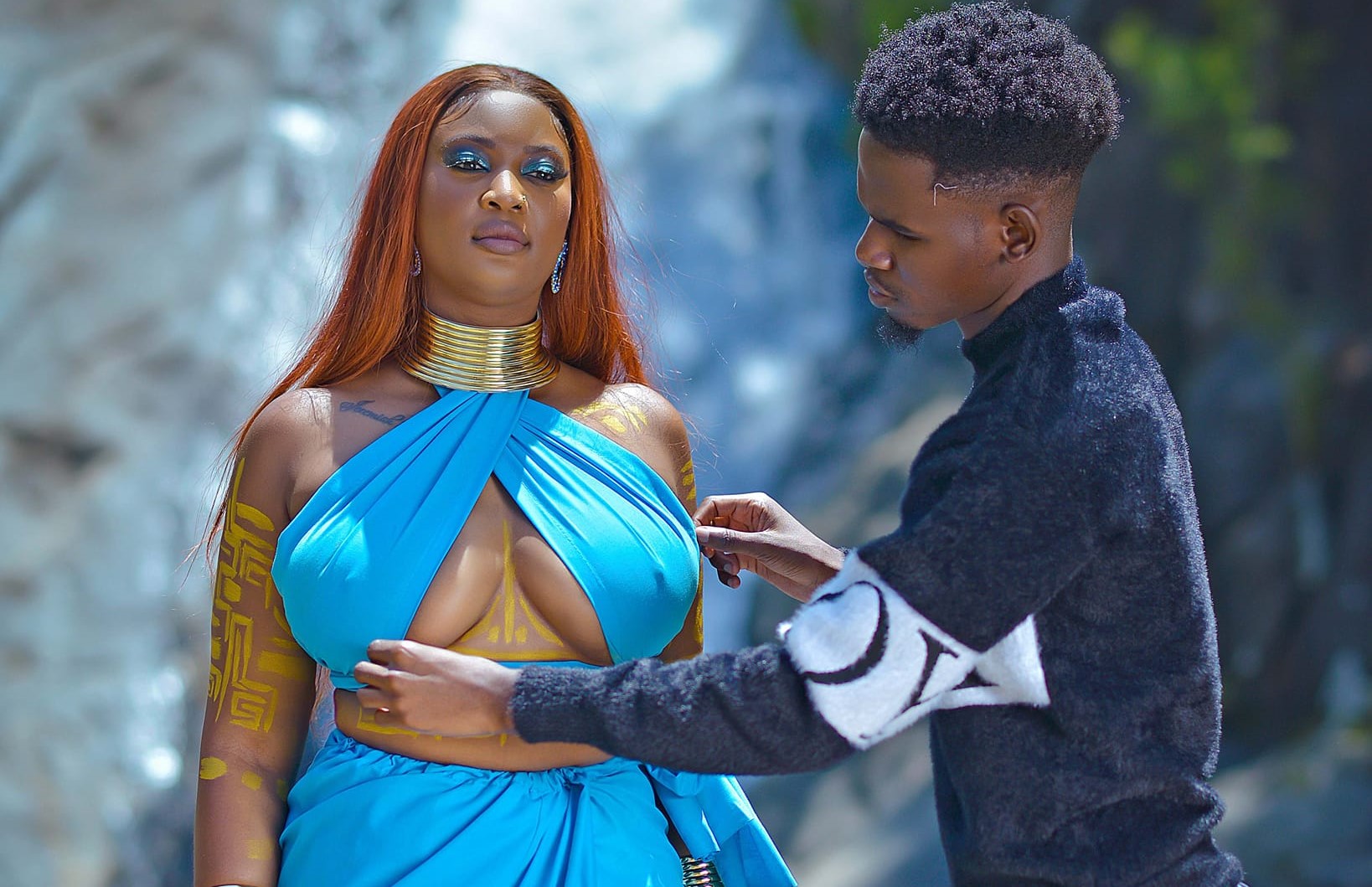The forbidden Fruit explained
One of the genres of arts that remain without much appreciation from the larger section of the Malawi society despite its long existence is visual arts.
Visual art encompasses forms such as drawing, painting and sculpture.
However, in spite of this little appreciation from the public, visual artists continue to hold exhibitions of their artworks in different galleries in the country, according to Mike Chilemba, president of Visual Arts Association of Malawi (Vaam).
“At present, I must commend Malawian visual artists because we are frequently seeing numerous arts exhibitions in galleries such as Kwa Haraba, La Caverna, La Galleria and during special events both locally and internationally. We need to see more of these throughout the country,” he says.

See more arts lovers as visual artists have found a new home at Jacaranda Cultural Centre (JCC) in Blantyre. This venue—in iconic Manada Building, has so far hosted six arts exhibitions since it opened its doors to artists last year.
The most recent exhibition is the work of Kenneth Namalomba titled The Forbidden Fruit. The exhibition received good appreciation for its in-depth explanation of the issue of sexual abuse, especially defilement.
“By engaging with this exhibition, we all become active participants in the dilemma of defilement. The installations demand navigation, never allowing us to be mere spectators, but inviting us to dramatise our own negotiation of the problems,” says Daisy Belfied, a literature scholar and deputy director at JCC.
The exhibition intelligently explores the brutality, social alienation, and stigma and psychological effects of defilement. Namalomba uses allegory and symbolism, sometimes subtle and sometimes stark, to articulate without euphemism the long-term consequences of defilement.
Belfield says it is rare for a male voice to speak out so powerfully against female persecution.
“This is a moment for us as spectators to realign our perspectives: to be confronted and challenged by what we experience, and through these confrontations, to think further about how to implement social change,” he says.
Yokoniya Chilanga says what is pleasing about the artist is that he has a bright future as he is in his early twenties and has just recently graduated in philosophy and art from Chancellor College.
“He will certainly add value to an industry that has always been viewed as exclusive to intellectuals only,” observes Chilanga, a literature teacher at Chichiri Secondary School and an ardent fan of visual arts.
Namalomba operates in several artistic styles such as naturalism which he inherited from his late father, also an artist, cubism, and a new style which he is pioneering in Malawi; fusionist abstract impressionism.
His canvasses combine with installation pieces to form this new exhibition, The Forbidden Fruit.
Belfield observes that the installations present a disturbing situation as they are a labyrinth of paths, networks and ways.
“We must navigate a maze of frustrated escapes and hidden snares, tangled webs and macabre obstacles. The ladder’s ascent, which seems to offer a way out, is blocked by nails. The spider’s web, with its shadowy ensnared face, almost conceals the exhibition’s most valuable work. There is constantly one mask hanging separate from the group, ostracised from its community,” Belfield analyses.
Stanley Onjezani Kenani, a Malawian writer based in The Netherlands, argues that paintings or portraits that are displayed in Malawian hotels should be those of Malawian artists. His remarks come after Sunbird Mount Soche in Blantyre named their restaurant Picasso, after a famous Spanish painter, Pablo Picasso.
In Picasso Restaurant, portraits by the artist hung on the walls. They are portraits that depict European lifestyle and culture.
“If we cannot tell our stories who will tell them for us,” wonders Kenani.
On his exhibition of The Forbidden Fruit, Namalomba himself says: “In my exhibition, I try to bring back people’s consciousness and make them realise that it is their responsibility to fight against social justices other than being mere spectators.
“It is for this reason that The Forbidden Fruit exhibition centres on defilement, an atrocious social injustice which Malawian girls are facing.”n





